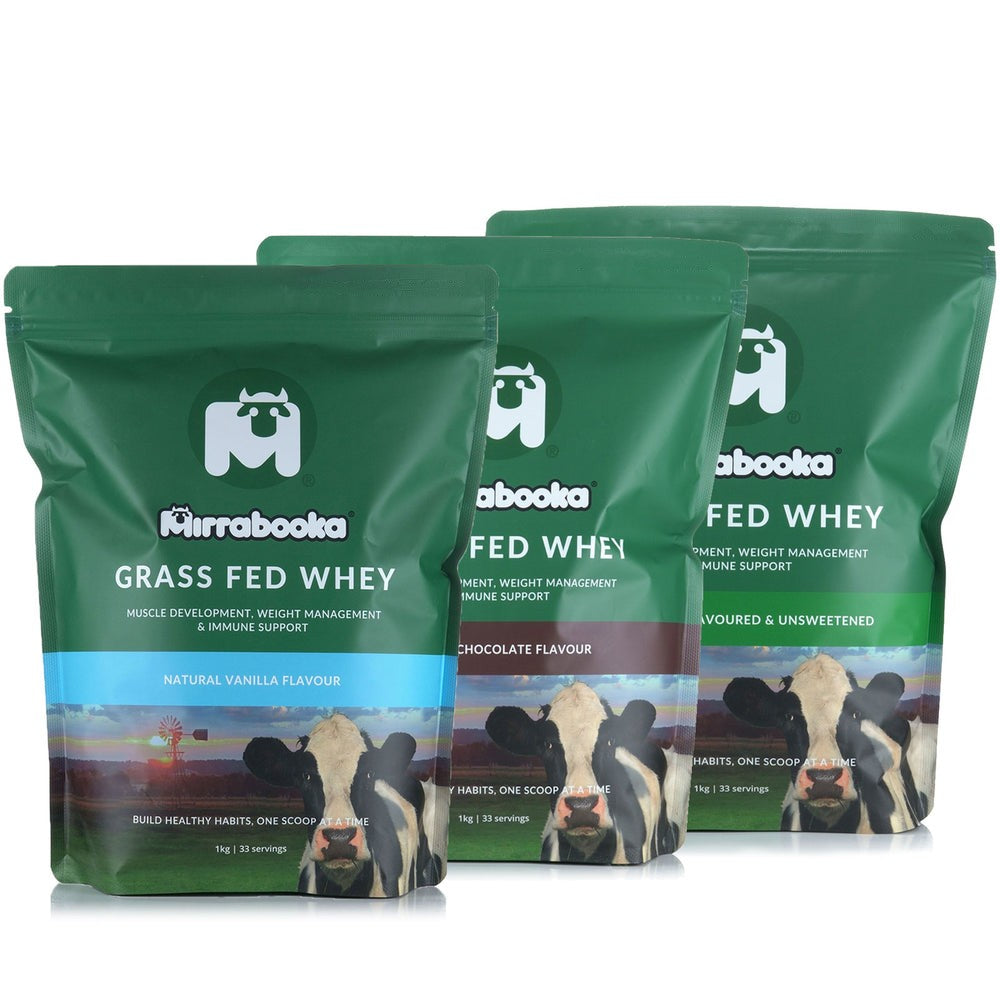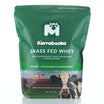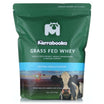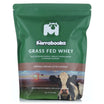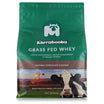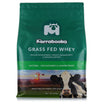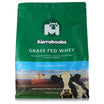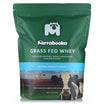Whey Protein Concentrate and Whey Protein Isolate Differences Explained
What are the differences between WPC and WPI?
Choosing between WPC and WPI can be a confusing decision, here are the main differences between whey protein concentrate and whey protein isolate.
Differences in production between WPC and WPI
Both WPC and WPI come from pasteurised cows milk processed with enzymes to separate the milk solids for cheesemaking from liquid whey. The liquid whey is then filtered to remove fats and carbs, before being dried into whey protein powder. The filtration method and resulting protein content is where the different whey protein types come from.
Whey protein concentrate is ultra-filtered and whey protein isolate is micro-filtered
Liquid whey is first filtered using ultrafiltration to achieve a protein content around 80%. This is known as Whey Protein Concentrate, WPC or Whey for short. Whey protein concentrate still contains some fat and carbs (around 5-7% each).
The liquid WPC can then be refined using a much finer microfiltration system, achieving a protein content of around 90%, reducing the fat and carbs to around 1% each. This is known as microfiltered Whey Protein Isolate, WPI or Isolate.
Both the liquid WPC and WPI are then dried using the same spray drying process to turn them into powder.


Differences in nutritional information between whey protein concentrate and whey protein isolate
Because WPC does not go through as much filtration as WPI it contains more fat and lactose (carbs) originating from the milk. WPC contains more beneficial growth factors and immune regulatory factors than WPI, thanks to the fat and carbs (lactose). This makes WPC beneficial for people consuming protein for general health and immune benefits. WPI on the other hand, contains more protein, less fat and carbs per serving than WPC. This makes Isolate (WPI) more appealing to bodybuilders and people following a weight loss diet that are minimising their intake of fat and carbs.
Whey protein concentrate and whey protein isolate suitability for persons with lactose intolerance
WPI has almost no lactose and is suitable for people who are lactose intolerant.
WPC contains around 5% lactose, which may make it unsuitable for some lactose intolerant people.
Absorption rate of whey protein concentrate and whey protein isolate
Both WPC and WPI are bio-available and have a perfect maximum PDCAAS (protein digestibility corrected amino acid score) of 1 - meaning they are the highest quality proteins and very fast/easy to digest. However, because WPI has undergone more processing to remove the fat and lactose (which may be slower to absorb) it is believed to be slightly faster absorbing.
Taste and appearance of WPC, WPI
WPC is creamier in taste and colour, and slightly thicker and more filling than WPI. Isolate is whiter, less flavour, thinner and less filling than WPC. WPC is also denser than WPI.
Pricing differences between WPC and WPI
WPC is less expensive than WPI because it has less processing, and is therefore regarded as the ‘economical’ protein. Isolate (WPI) is more expensive than WPC because it has additional processing/refinement.
Choosing between whey protein concentrate and whey protein isolate
Whey Protein Isolate is simply a more refined version of Whey Protein Concentrate.
For persons looking for an economical protein with general health benefits then whey concentrate is the preferred choice of protein.
For bodybuilders or persons on a calorie controlled weight loss program looking for the highest protein content and lowest fat and carbs, then whey isolate is the preferred source of protein.
Choosing the right protein will ensure you maximise the benefits of your individual requirements.

